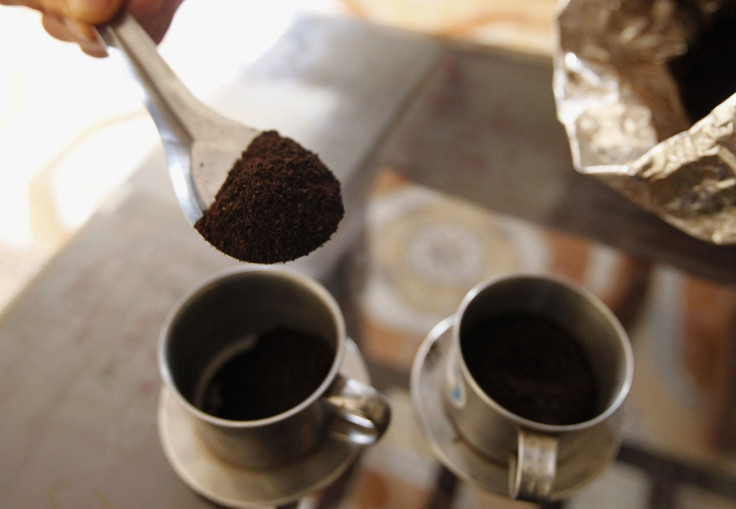Parbaked Coffee Bean Flour Is Just As Healthy And Easier To Consume, But Don't Forget Your Cup O' Joe

The health benefits of coffee have been the focus of a number of recent studies, including research out of Harvard that found people who drank three to five cups a day were 15 percent less likely to die prematurely compared to non-coffee drinkers. Although no one's telling you to abandon your daily cup o' joe, Dan Perlman, a biophysicist from Brandeis University, is currently working on a new invention that could serve as a coffee alternative on those mornings you're strapped for time or just not in the mood to guzzle down a piping hot beverage.
"I have been baking with it as an ingredient, we've actually [given samples to] a number of companies who've used it in tests of bakery products, so it's a very user-friendly ingredient," Perlman told Eater. "It's a fine flour which mixes with regular flours of any type you might choose — whether it's wheat flour, rice flour, whatever — so you can use this as an enhancing ingredient. I don't see this as being a direct one-to one replacement for regular flour since coffee beans are relatively expensive compared to wheat flour, so it's more of an enhancing nutritional ingredient to provide the antioxidants a well as the natural caffeine boost."
Perlman is no newcomer to the field of healthy nutrition inventions. He and nutritionist K.C. Hayes are credited with developing the "healthy fats" blend for Smart Balance's butter spread. Now, Brandeis has patented Perlman's new technique for roasting green coffee beans that enhance the health benefits of coffee. Perlman and his team are confident the resulting flour milled from parbaked beans could be utilized as both a food ingredient and a nutritional supplement.
While traditional coffee does have its place in our morning routine, the way in which it's prepared actually diminishes some of the coffee bean's nutritional qualities. For example, the natural chemical compound and antioxidant, chlorogenic acid (CGA), is abundant in beans. However, CGA content drops significantly (between 50 and 100 percent) when it's roasted in traditional fashion at above 400 degrees Fahrenheit for 10 to 15 minutes.
Research on CGA has shown it can benefit us by modulating sugar metabolism, keeping blood pressure levels on an even keel, and potentially treating heart disease and cancer. Keeping that in mind, Perlman wanted to develop an alternative to traditional coffee that retains its CGA content by baking the coffee bean at a lower temperature for less time. He eventually discovered parbaking the beans at 300 degrees Fahrenheit for around 10 minutes had virtually no effect on their CGA content.
When the parbaked coffee bean could not be used to make coffee because its low-roast time lessened its flavor, Perlman had to work on a way to protect the beneficial properties of the coffee bean from oxidation. So he cryogenically milled the beans in an ultra-cold and chemically inert liquid nitrogen atmosphere. He came away with a flour similar in color to wheat, but with a mildly nutty and pleasant taste. Not only that, but this process was considerably less expensive than other extraction processes used to produce similar green coffee bean extract supplements.
Some of the options for his new coffee flour included baking flour, a healthy breakfast cereal, soup, juice, nutritional drink, and snack bar additive; or simply adding to traditional coffee to compensate for lost CGA content. According to Perlman, only four grams of his new parbaked coffee bean flour provides the same caffeine boost as one cup of coffee. Perlman personally recommends adding his parbaked coffee bean powder to baked goods. Imagine eating a blueberry muffin that gives you the same amount of caffeine as a cup of coffee.
Source: Brandeis University. 2016.
Published by Medicaldaily.com



























